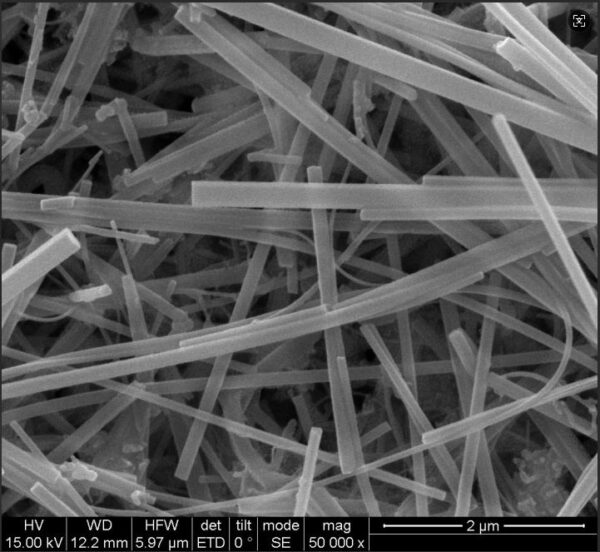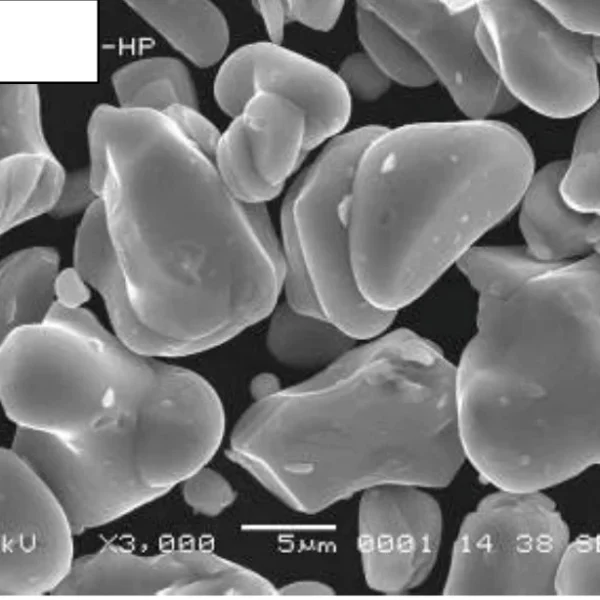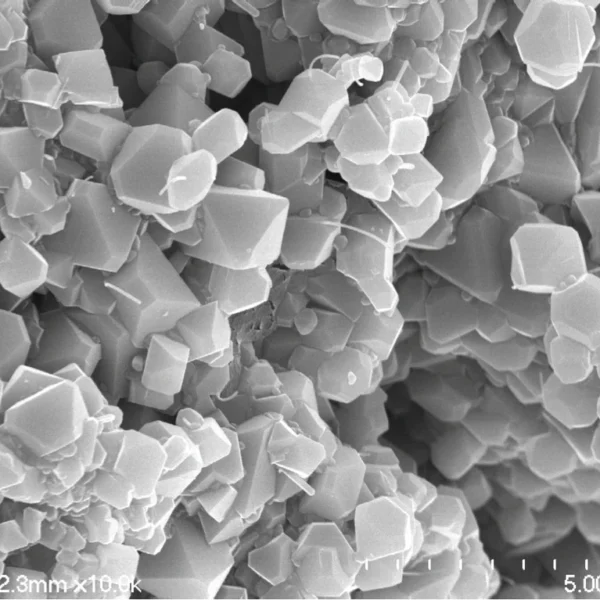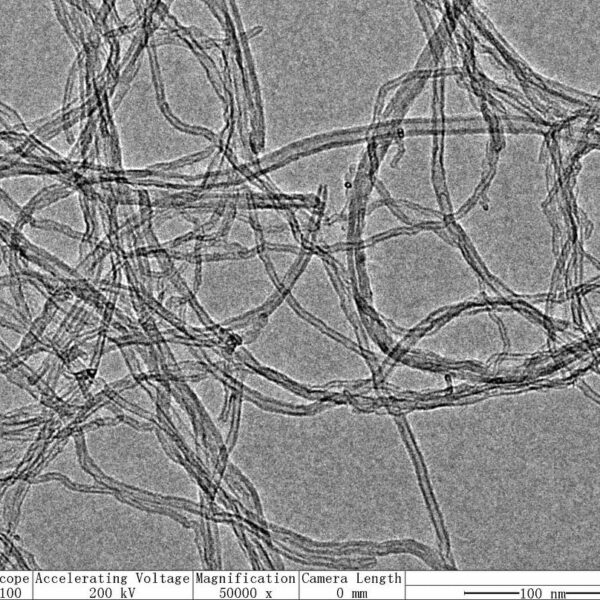Silicon nanowires (SiNWs) are one-dimensional semiconducting nanomaterials with diameters typically ranging from 1 to 200 nanometers and lengths spanning from a few microns to tens of microns. Their high surface-to-volume ratio imparts unique electrical, optical, and mechanical properties distinct from bulk silicon, making them highly attractive for advanced applications such as high-performance nanoelectronics, ultrasensitive chemical and biological sensing, high-efficiency field-effect transistors (FETs), high-efficiency photovoltaic devices, advanced thermoelectric devices, and high-capacity lithium-ion battery anodes. Their physical and chemical tunability, along with compatibility with silicon-based platforms, positions them as key materials in the development of next-generation technologies.
Catalog Number: NovaWire-Si-A150
Diameter: ~150nm
Length: >10um
Purity: 99%
Appearance: dry brown powder
APPLICATIONS
Silicon nanowires are applied in a variety of fields as follows:
- Nanoelectronics: Silicon nanowires are used as building blocks for next-generation nanoelectronic devices due to their excellent electrical properties, compatibility with existing silicon technology, and suitability for integration into ultra-small device architectures. They enable continued miniaturization of circuits and improved device performance beyond the limits of conventional silicon.
- Chemical and Biological Sensors: Due to their unique electrical properties, high surface-to-volume ratio, and tunable surface chemistry, silicon nanowires are ideal for ultrasensitive detection of gases, chemicals, and biomolecules. They enable the development of label-free biosensors, environmental monitors, and medical diagnostic devices with high sensitivity and rapid response times.
- Field-Effect Transistors (FETs): Silicon nanowires serve as high-efficiency channels in field-effect transistors, offering superior electrostatic control, high carrier mobility, and low power consumption. These properties make them valuable for logic circuits, high-speed computing, and energy-efficient electronics.
- Photovoltaic Devices: Silicon nanowire arrays exhibit exceptional light trapping and absorption with extremely low reflectivity, a characteristic commonly described as “black silicon.” Beyond this pronounced optical effect, their high-aspect-ratio geometry can enhance charge collection, making them highly attractive for high-efficiency solar cells, thin-film photovoltaics, and other emerging solar energy technologies.
- Thermoelectric Devices: Silicon nanowires exhibit low thermal conductivity together with excellent electrical properties, making them attractive for thermoelectric devices that convert heat into electricity or enable efficient solid-state cooling in electronic and industrial systems. Their nanostructured geometry enhances phonon scattering, which significantly suppresses thermal conductivity while preserving electrical transport, thereby improving the thermoelectric figure of merit.
- Lithium-Ion Battery Anodes: Silicon nanowires are used as high-capacity anode materials in lithium-ion batteries. Their nanostructured form accommodates large volume changes during charging and discharging, mitigating the issue of pulverization that plagues bulk silicon. This results in high energy density and long battery cycle life.
SYNONYM
Silicon nanowires, silicon nanofibers, silicon, Si nanowires, Si nanofibers, Si, silicon nanowire, silicon nanofiber, Si nanowire, Si nanofiber






